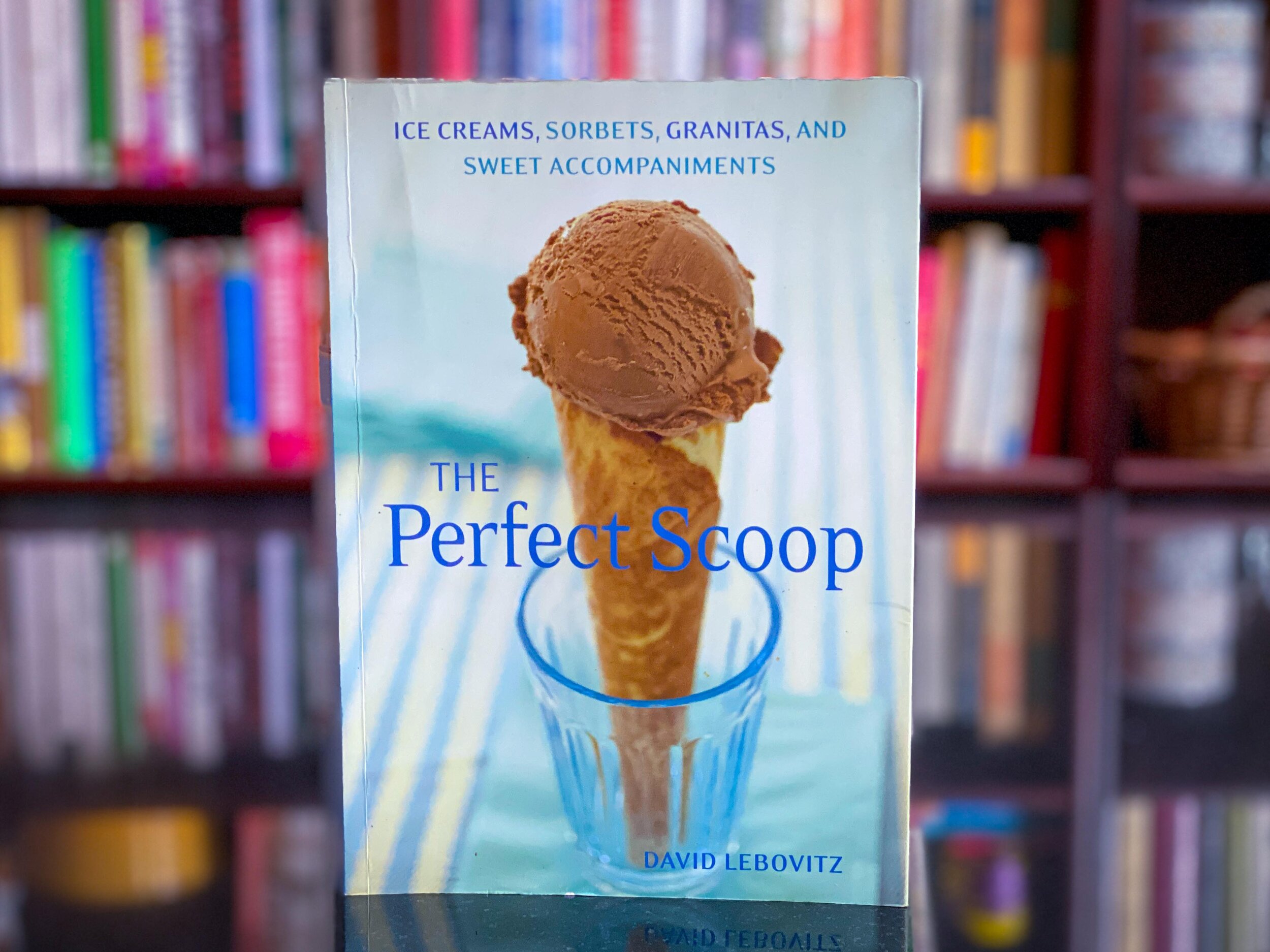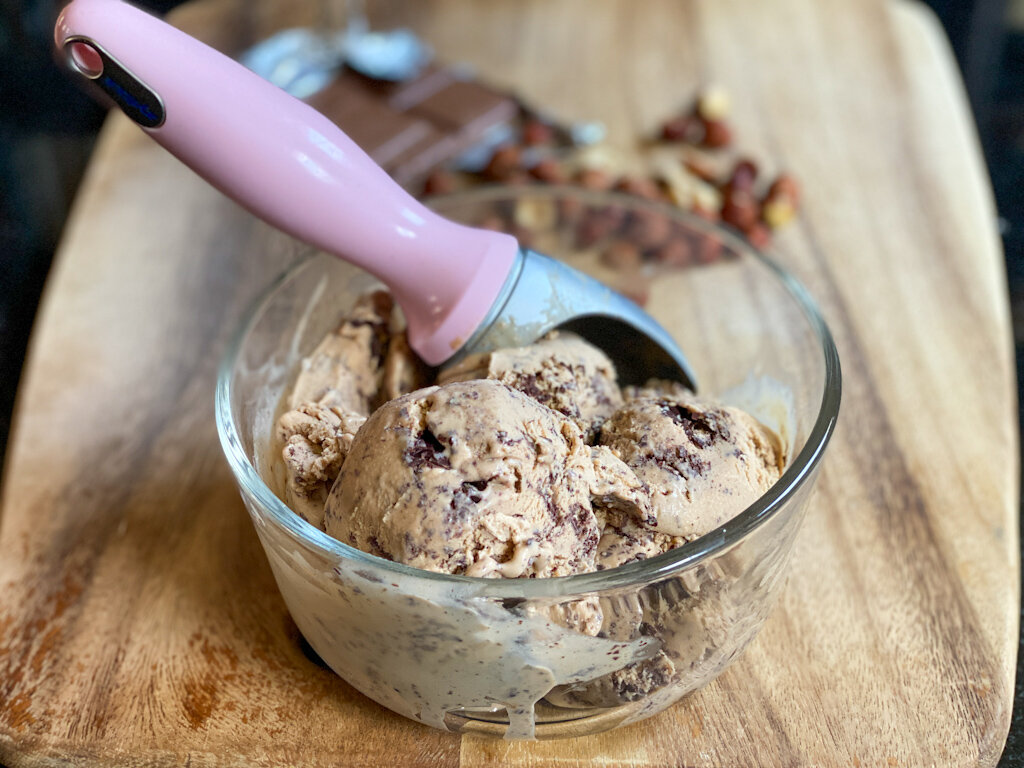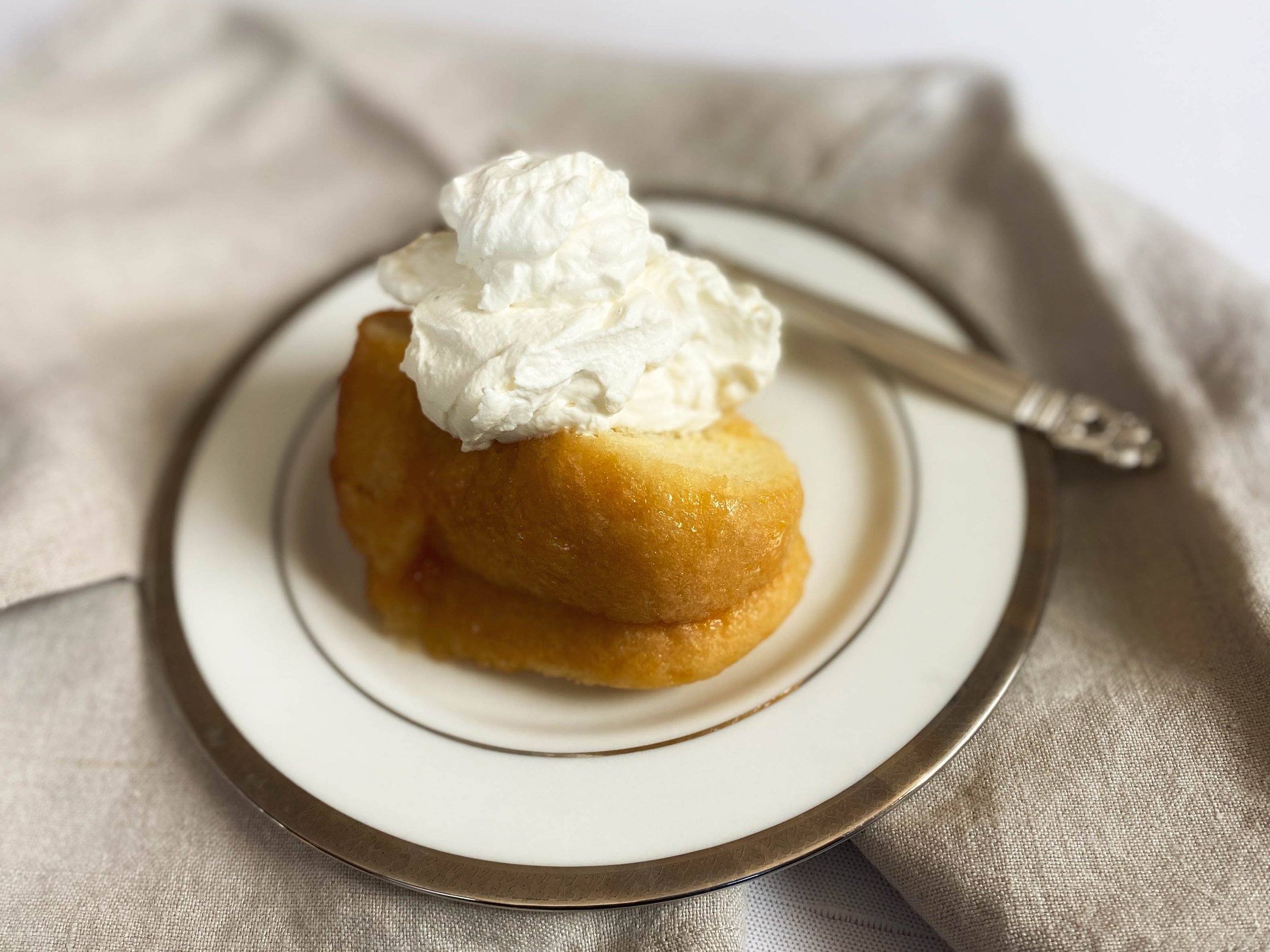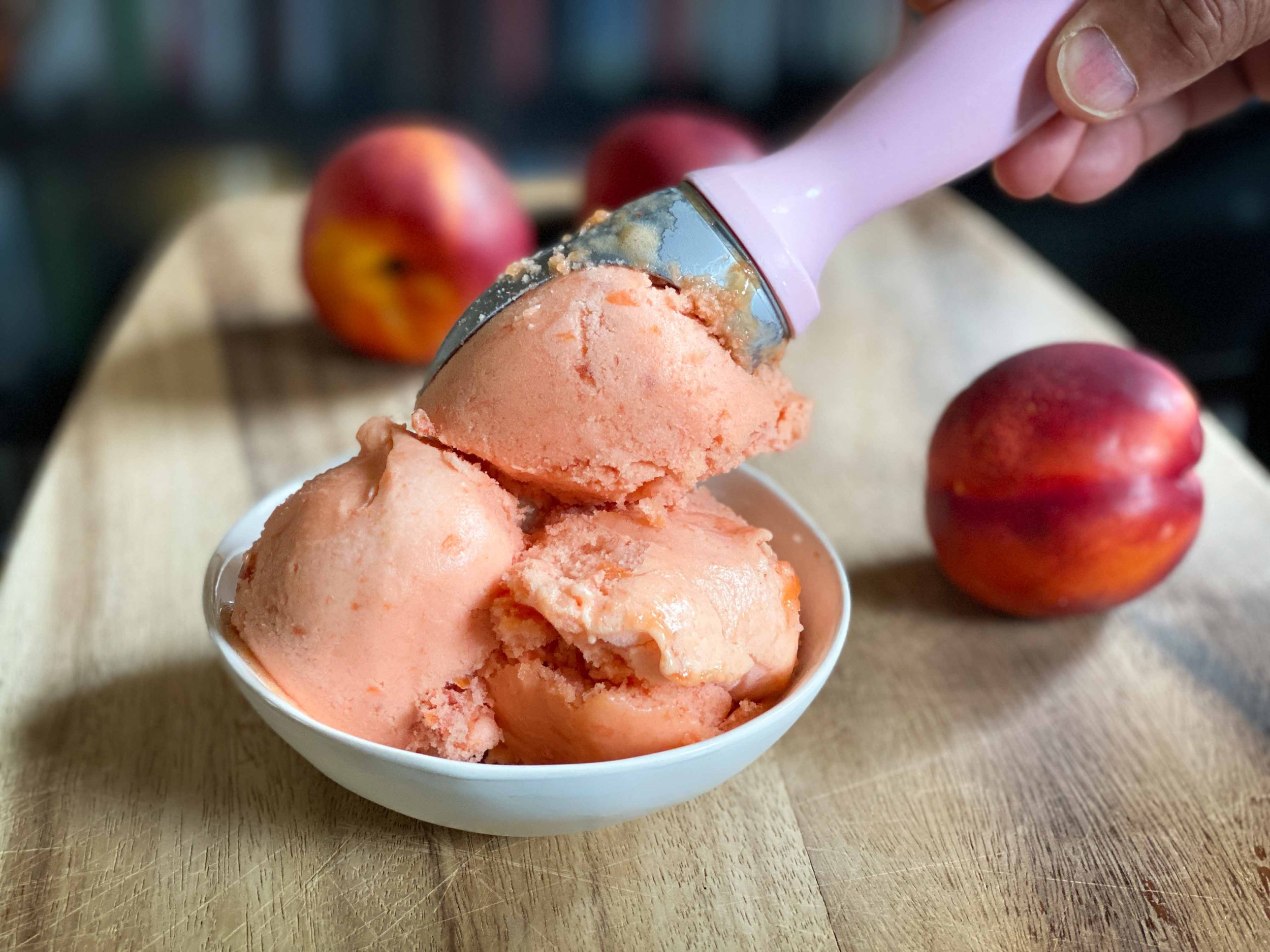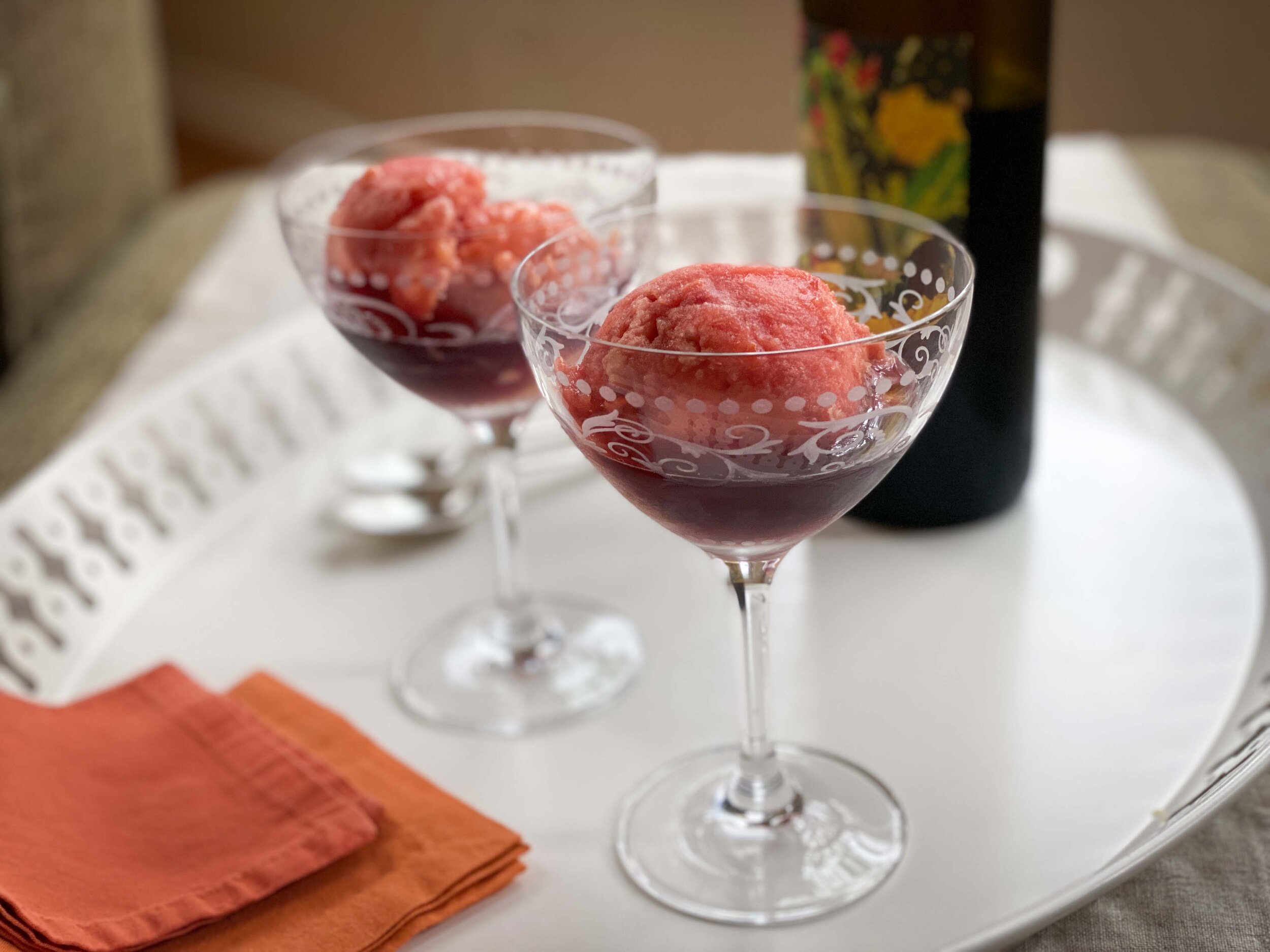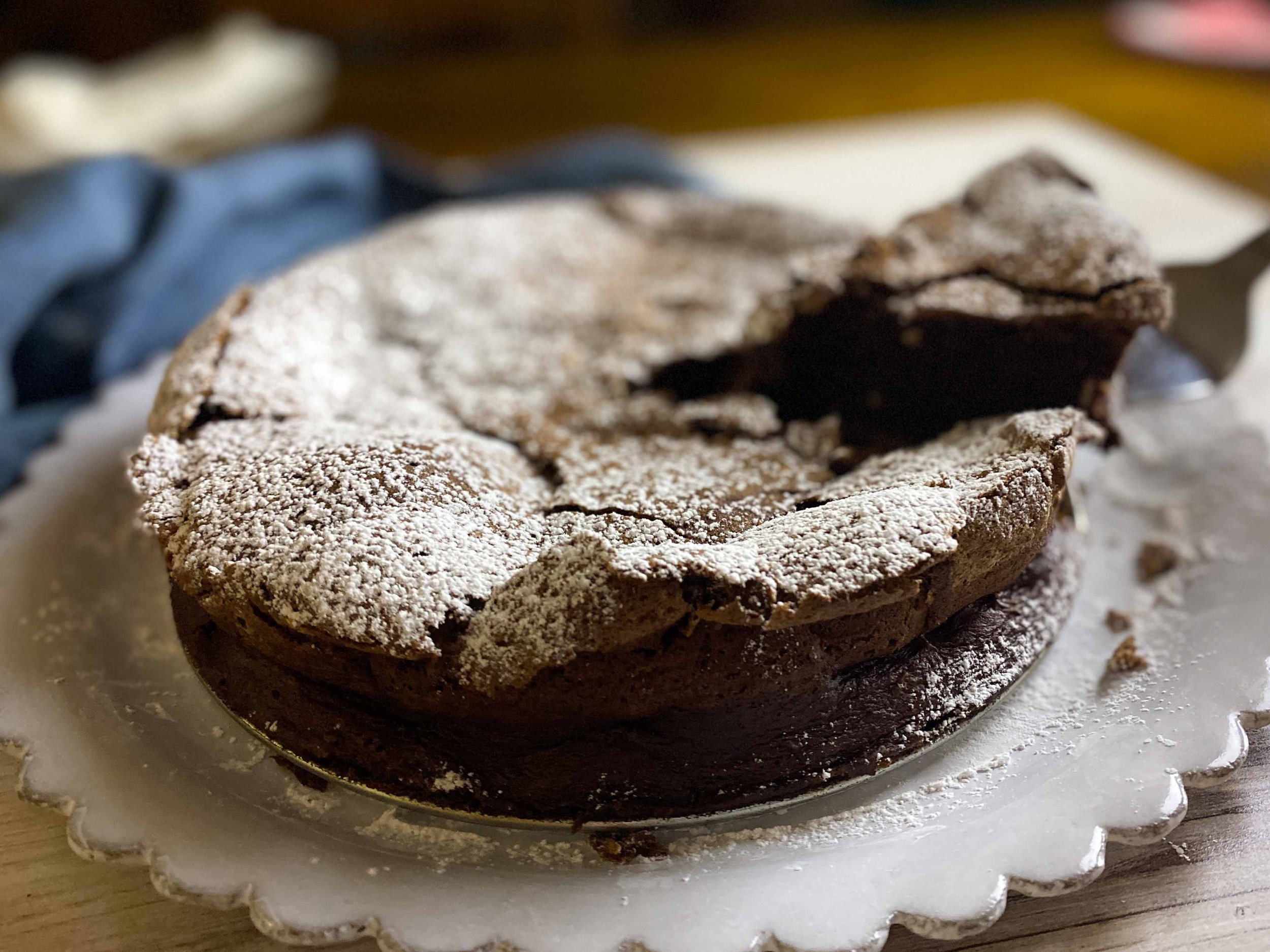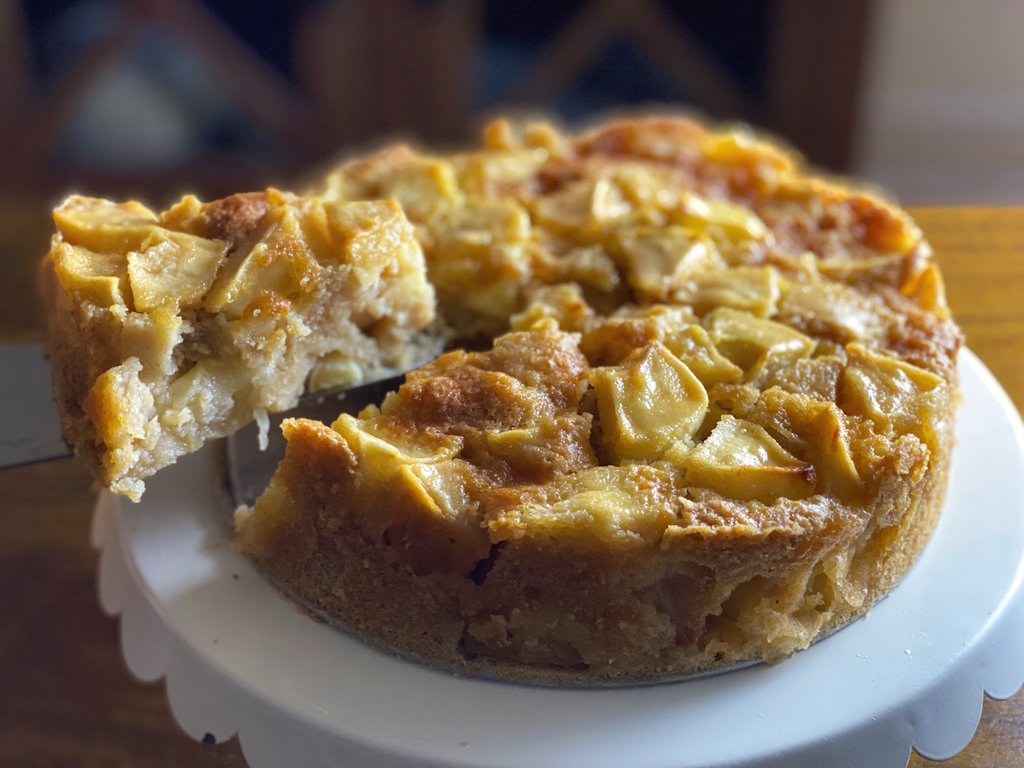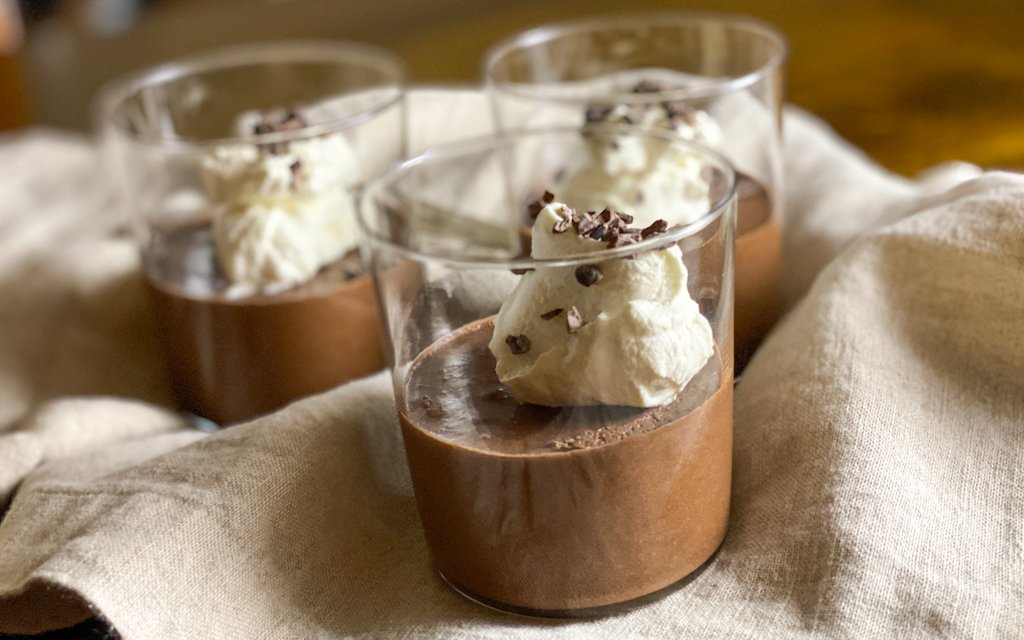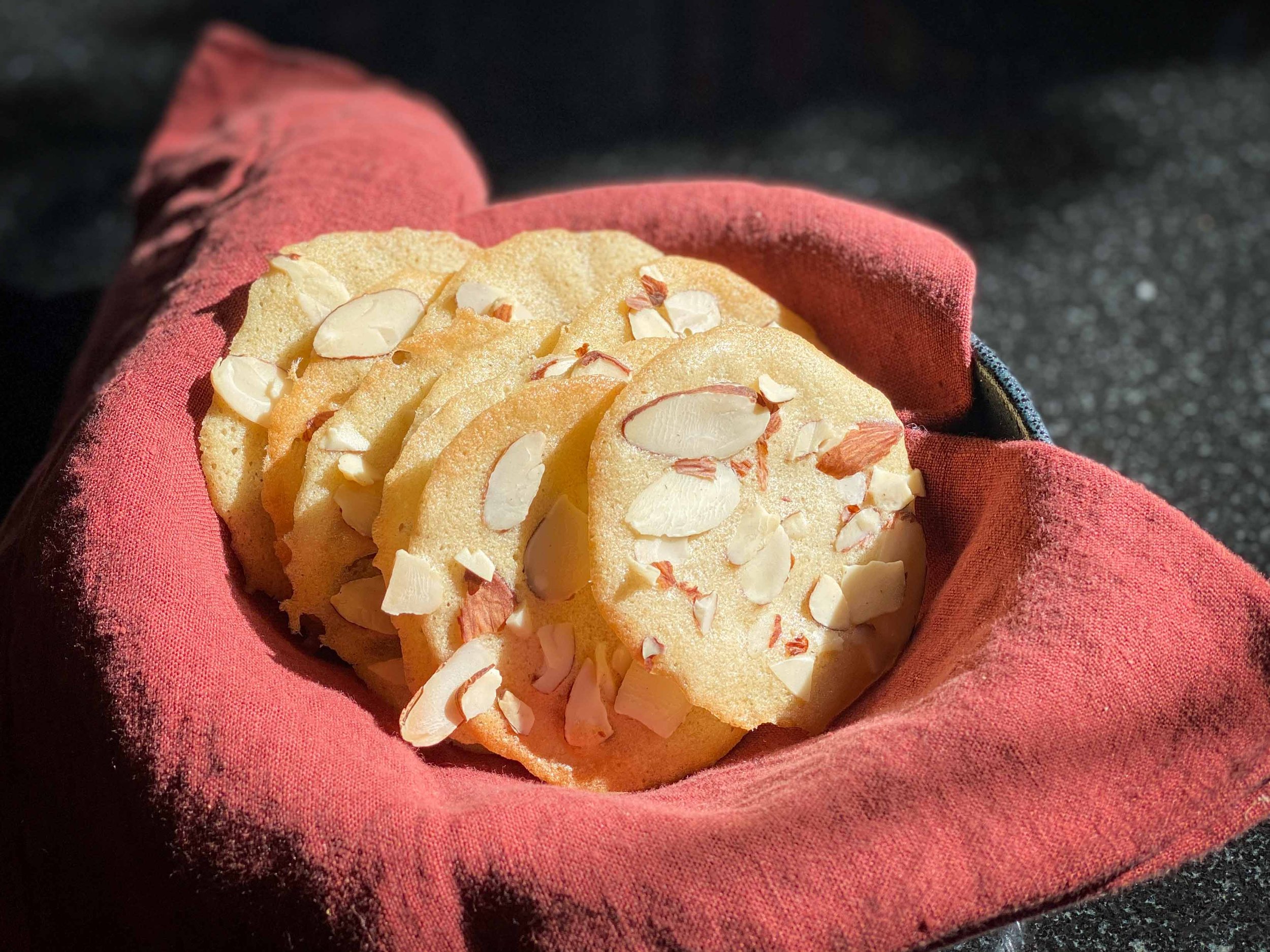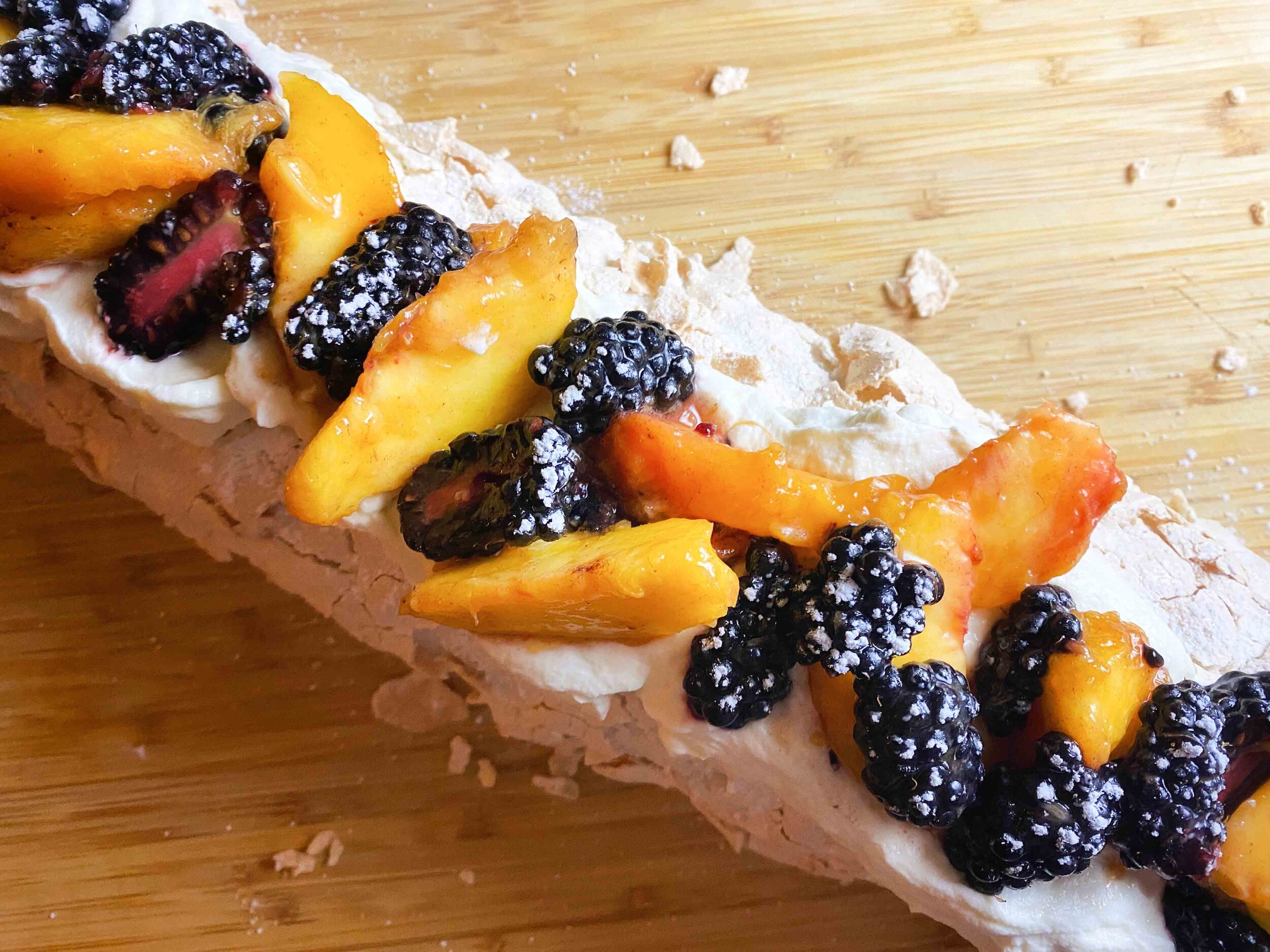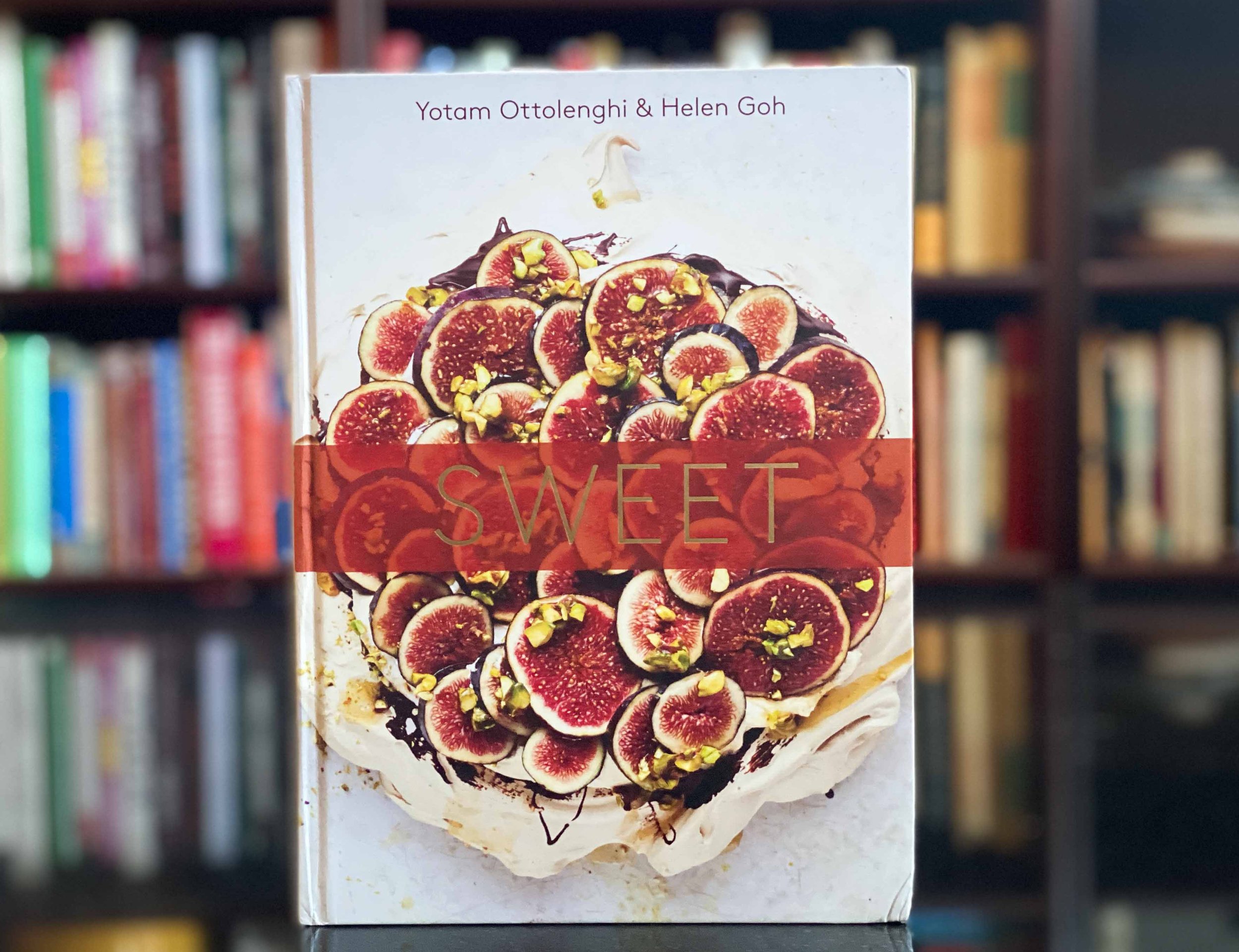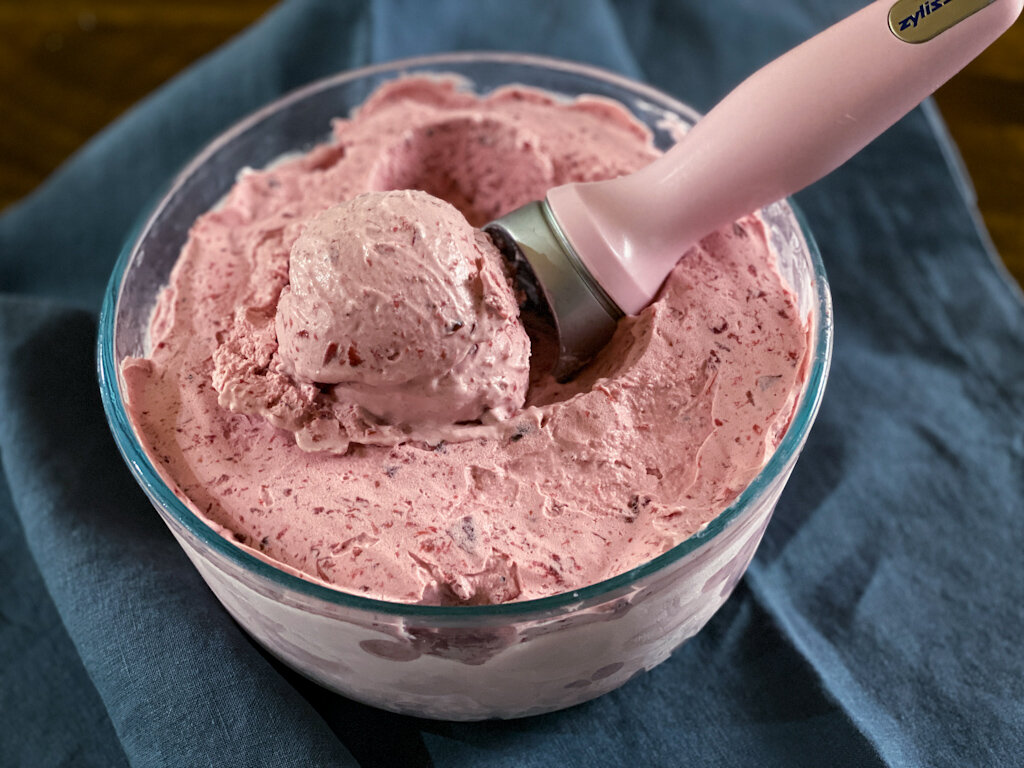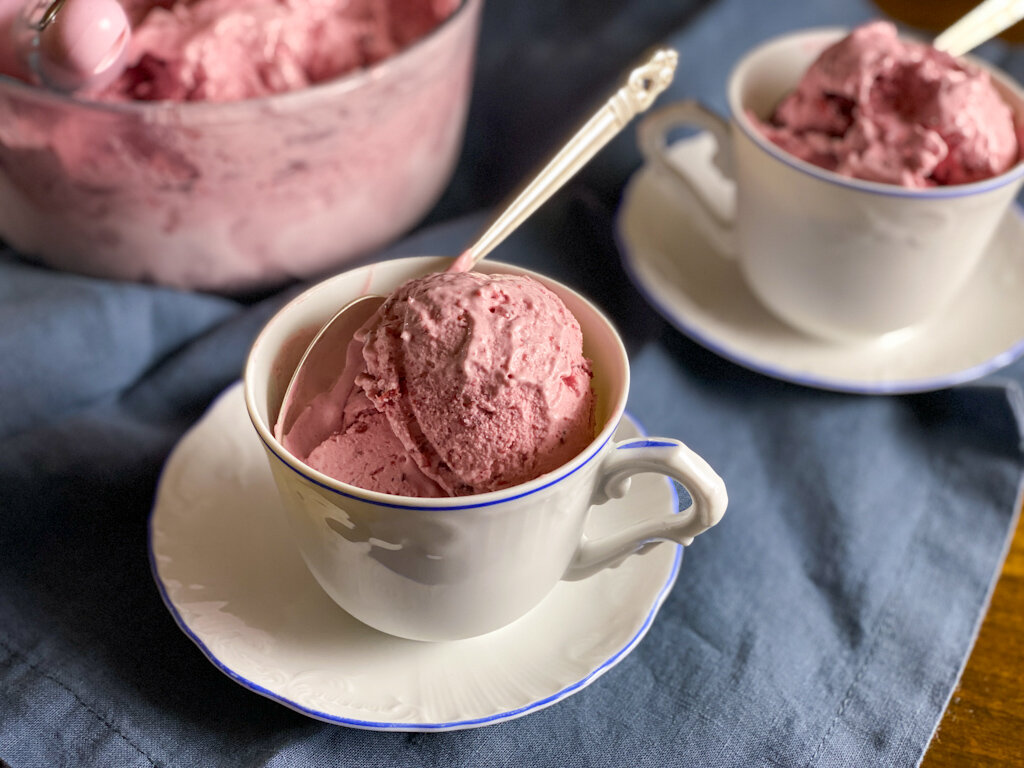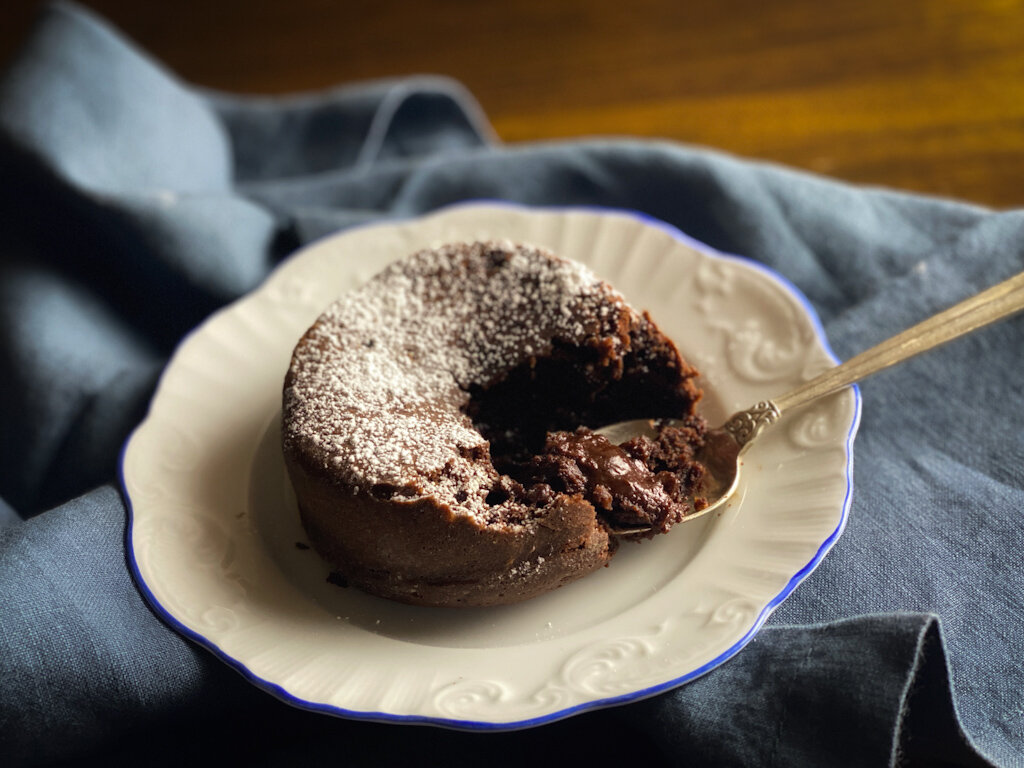By Leslie Brenner
There was a time when chocolate molten cakes were so ubiquitous that they became a runny joke — especially because the more it went, the less they were cooked. In went your spoon, and liquid eggy chocolate spilled out all over the plate. Ick.
Over the years, we’ve been subjected to so many mediocre versions of the dessert that we forgot how appealing they were way back when, as they poofed — pillow-like and fabulous — onto the scene. They were like small chocolate dreams — something between a soufflé and a mini-flourless chocolate cake, but preternaturally light, and intensely chocolatey. The middles were molten, but not liquid, just a bit oozy and soft. They were a way to show off great chocolate.
That was back in 1991, in New York City. I was a fledgling food writer there, molten chocolate cakes were everywhere, and they were wonderful.
I remember eating one at JoJo, Jean-George Vongerichten’s restaurant (his first), where he called it Chocolate Valrhona Cake. They’d been invented sometime before that, either by Vongerichten himself or by star pastry Jacques Torres, or maybe by someone in France, depending on whom you talked to. Vongerichten had served them a few years earlier, when he was chef at a restaurant called Lafayette, in the Drake Hotel, but apparently they were too early for their time. (I was still a starving grad student when Vongerichten was at the Drake, so I never made it there.)
In any case, as a society, in the intervening decades, we OD’d on them.
Now, at a time when we need small, easily achieved pleasures, it feels like a great time to rediscover them. A molten chocolate cake may be the biggest dessert bang you can in under a half hour, start to finish, and it’s ludicrously easy. All you need to have on hand is two good chocolate bars, four eggs, a stick of butter, a quarter cup of sugar, a pinch of salt and a couple spoonfuls of flour. If you want to impress a date, a spouse, a friend, a child — or anyone else in your orbit — you can whip this together in a flash and make quite a splash.
I thought about them the other night when my pod clamored after dinner for dessert, something rare and special in our small world. What could Wylie (our 24 year-old son) and his girlfriend Nathalie conjure quickly? I thought about this recipe, verified that we owned two bars of chocolate, and we found a perfect recipe penned by Vongricheten, published in Food & Wine magazine, 22 years ago.
Five seconds later, there Nathalie and Wylie were in the kitchen, melting the chocolate with butter, whipping eggs with egg yolks, folding in the melted chocolate and butter with a spoonful of flour and a pinch of salt, turning the batter into soufflé molds and baking. The cakes spend just 12 minutes in the oven. Maybe leave them in one extra minute, so they’re glossy and molten in the center, but no longer liquid. Pull ‘em out, let ‘em sit for one minute, and unmold.
Anyone can do this. And any of us — event the most well traveled and sophisticated — might well be dazzled all over again.



